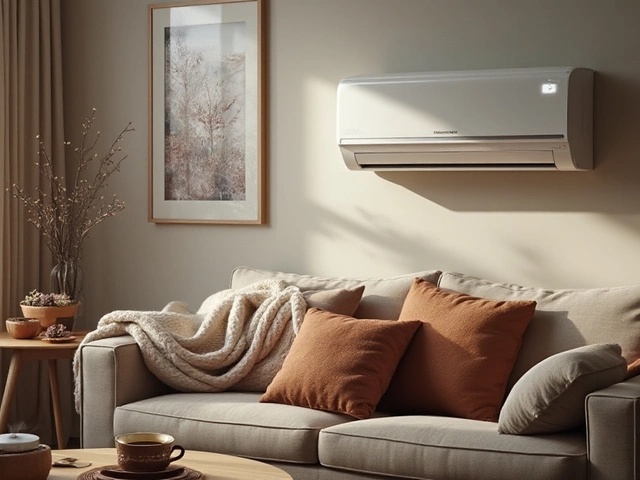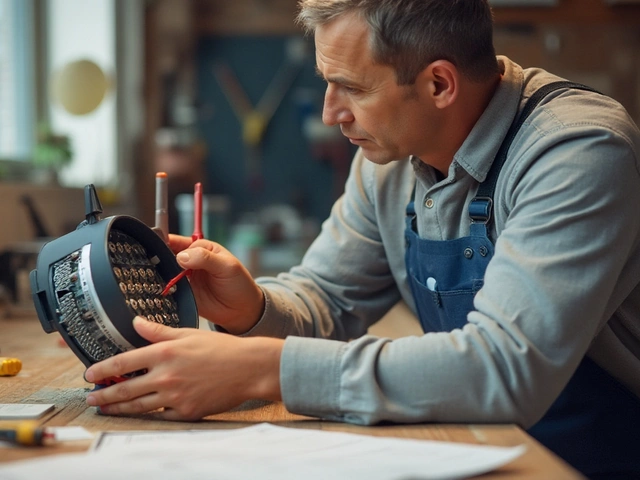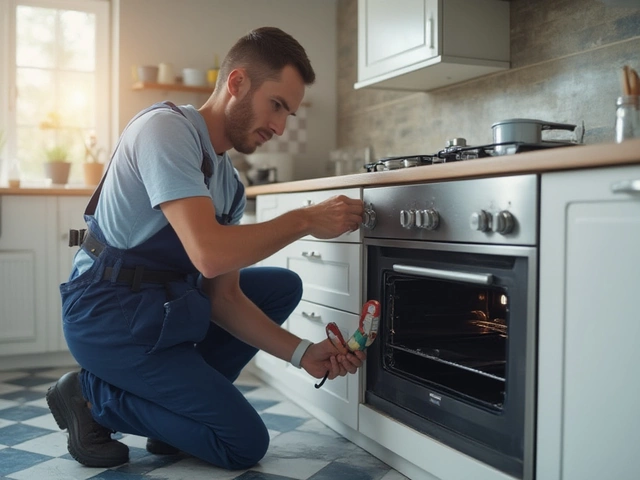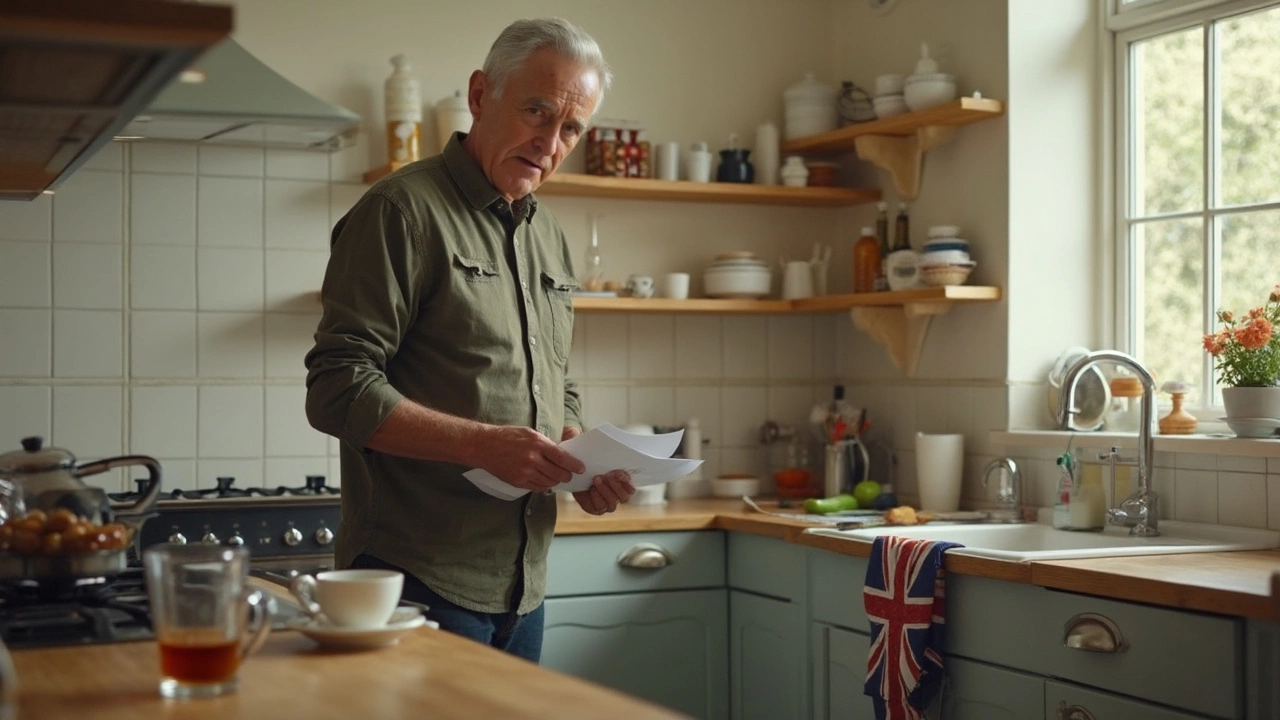Stove Troubleshooting: Simple Steps to Get Your Cooker Working Again
If your stove suddenly stops heating or the burners won’t light, you don’t have to panic. Most problems have a quick fix that you can try at home before calling a technician. Below are the most common issues and what you can do in a few minutes.
Basic Checks Before You Call a Pro
First, make sure the stove is actually getting power or gas. For electric models, look at the circuit breaker or plug – a tripped breaker or loose plug is often the culprit. Reset the breaker or plug the stove back in and see if anything changes.
If you have a gas stove, check the supply valve. It should be fully open. A partially closed valve can cause weak flames or no flame at all. Also, sniff for any gas smell – if you detect one, turn off the valve and ventilate the room before doing anything else.
Next, give the burners a good clean. Food crumbs, grease, and spilled oil can block the ports that deliver heat. Remove the burner caps, scrub them with warm soapy water, and clear any debris from the holes with a toothbrush or a pin. Dry everything thoroughly before re‑installing.
For electric coil burners, look for visible damage like blisters or breaks. A broken coil needs replacement, but sometimes a loose connection is the issue. Gently wiggle the coil while it’s in place; if it moves or feels loose, reseat it firmly.
Common Issues and Simple Fixes
Igniter won’t spark. On many gas stoves, the igniter is a small ceramic rod that glows when you turn the knob. If it’s dark or doesn’t glow, clean any residue off the tip. If cleaning doesn’t help, the igniter may need to be replaced – a quick swap that most DIY‑savvy folks can do with a screwdriver.
Burner flame is uneven or low. This usually means the burner ports are clogged or the air shutter is mis‑aligned. After cleaning the ports, adjust the air shutter (a small metal flap near the burner) so the flame is blue with a steady tip. A yellow or sputtering flame can also indicate a gas‑mix problem that a professional should check.
Oven won’t heat. Start by checking the oven’s temperature sensor – a loose sensor can cause the oven to think it’s already at temperature. Make sure the sensor wire is attached securely. If the oven still stays cold, the heating element may be burnt out; look for visible cracks or breaks. Replacing an element is a straightforward job for most homeowners.
Control knobs are stuck or unresponsive. Sometimes knobs just need a bit of lubrication. Spray a little non‑oil based lubricant around the base of the knob and work it back and forth. If the knob still won’t turn, the underlying control module may be faulty, which is best left to a tech.
When you’ve tried these steps and the stove still misbehaves, it’s time to call a professional. Trying to fix internal electronics or gas lines without proper knowledge can be dangerous.
Stove issues are frustrating, but most are easy to diagnose with a few checks. By running through power, gas, cleaning, and simple part inspections, you can often solve the problem yourself and avoid a costly service call. If you’re in Rugby and need a reliable technician, Rugby Appliance Repair Services is ready to help – just give us a call and we’ll have your cooker back in action fast.






